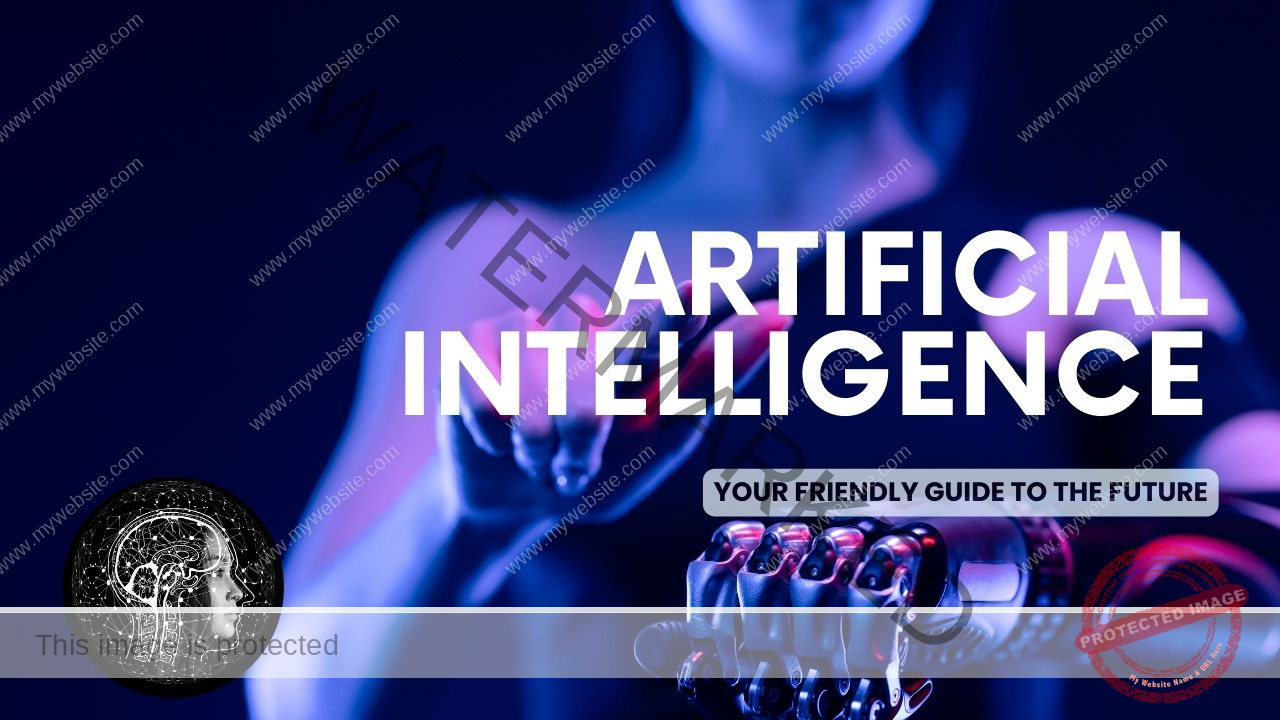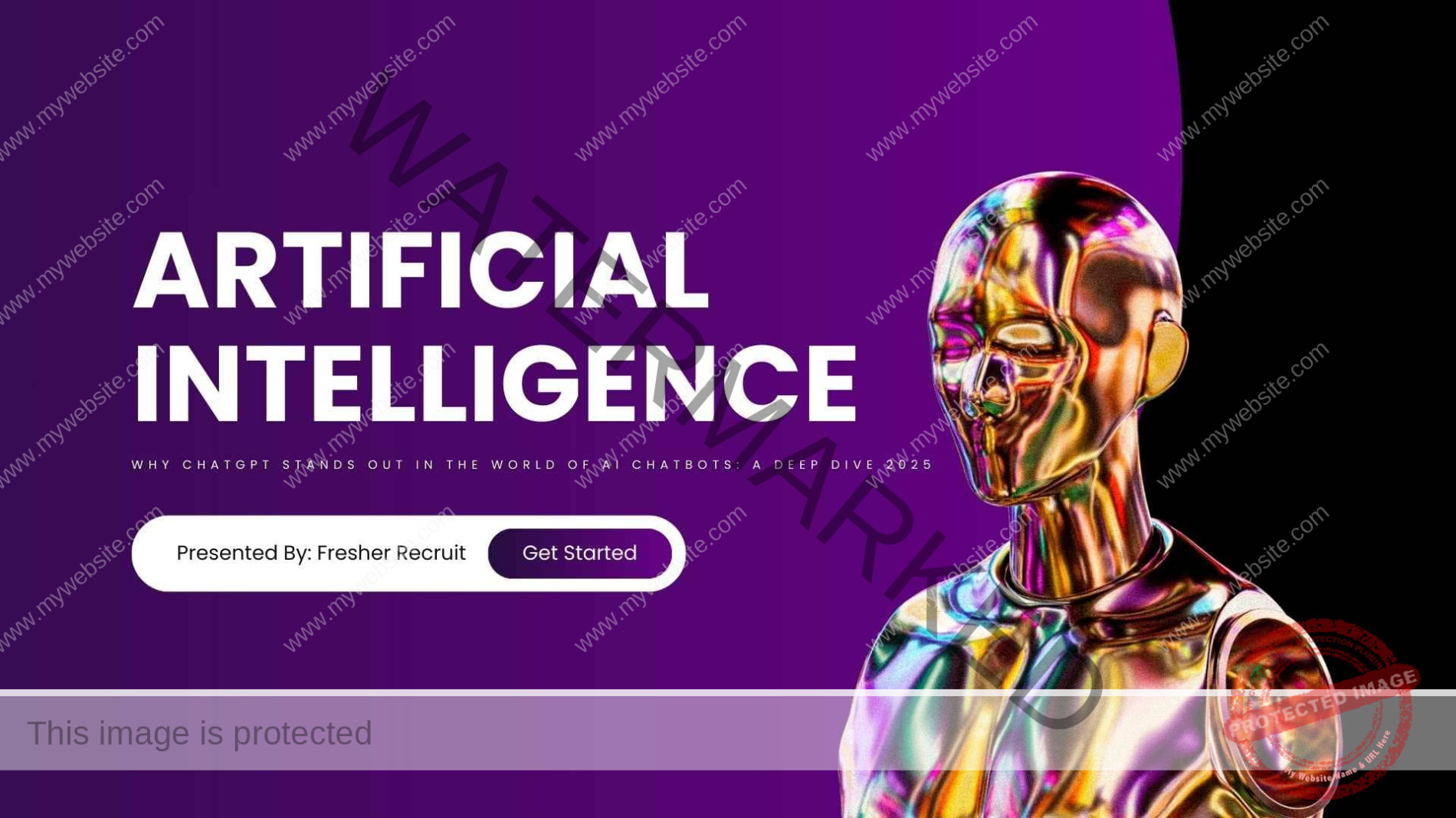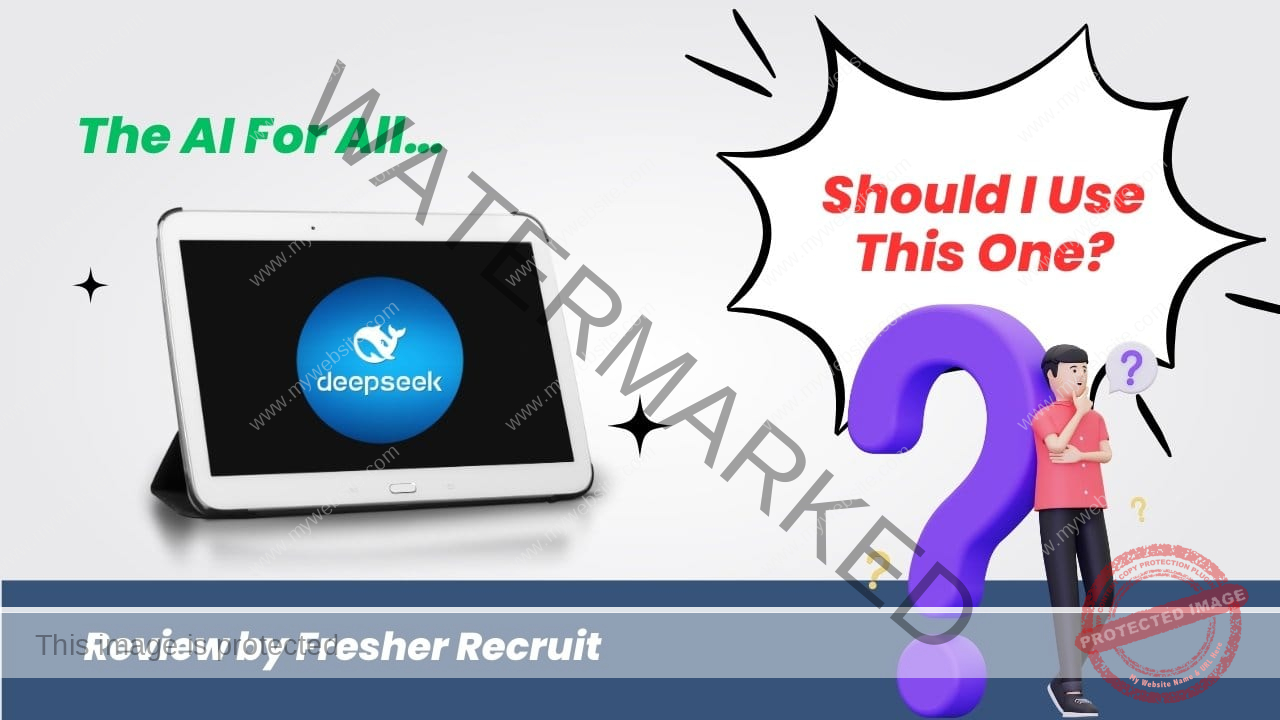ChatGPT is one of the most discussed breakthroughs in artificial intelligence (AI) today. But what precisely is it, and by what mechanisms does it function? ChatGPT is an AI-driven linguistic model designed by OpenAI adept at comprehending and generating human-like dialogue. This powerful model finds utility across various domains, such as conversational exchanges, content formulation, query resolution, etc. In this article, we’ll deconstruct the fundamentals of ChatGPT, its operational essence, and its manifold uses.
Defining ChatGPT
At its foundation, ChatGPT belongs to a sophisticated class of AI models known as large language models (LLMs). These models undergo rigorous training using an immense corpus of textual data, enabling them to grasp and internalize language constructs. The acronym “GPT” stands for”Gen” rating Pre-trained Transformer, a reference to its core architecture. This highly advanced architecture empowers the model to process, decipher, and produce coherent and contextually relevant linguistic outputs.
OpenAI has introduced multiple iterations of ChatGPT, with each version displaying heightened sophistication. The underlying technology allows it to emulate human conversation, respond to intricate questions, compose articles, and even offer assistance with programming.
How Does ChatGPT Operate?
The inner workings of ChatGPT unfold through a series of intricate steps that enable it to interpret and generate human-like text. Below is a simplified explanation:
- Pre-training: Before engaging in conversations or answering queries, ChatGPT undergoes an extensive pre-training phase. During this period, the model is exposed to vast swathes of text from the internet, encompassing books, articles, and web content. Through this exposure, it acquires knowledge of grammar, factual information, context, and rudimentary reasoning.
- Fine-tuning: ChatGPT is further fine-tuned using a more precise dataset following pre-training. This dataset is generally more curated and specific, enhancing the model’s conversa model’s capabilities. Fine-tuning helps ensure ChatGPT delivers contextually appropriate, safe, and relevant responses.
- Input Analysis: ChatGPT is prepared to engage with users once fully trained and fine-tuned. When a user submits a prompt, the model breaks down the input into smaller units called tokens. It then analyzes these tokens, considering their context, meaning, and intent.
- Generating Responses: After analyzing the input, ChatGPT crafts its response by predicting the most suitable next word or phrase, considering the broader context. The output is generated dynamically, ensuring that each response is tailored to the specific input rather than relying on pre-set responses.
ChatGPT’s adaptaChatGPT allows it to handle a wide range of tasks, from answering technical questions and crafting poems to explaining concepts or solving mathematical problems.
The Evolution of ChatGPT
ChatGPT’s development began with GPT-1, and each successive version has brought marked improvements, culminating in a more refined and versatile model.
- GPT-1: This pioneering version introduced the concept of a generative model for text, but its capabilities were somewhat limited.
- GPT-2: GPT-2 represented a significant leap forward, offering greater accuracy and contextual awareness in text generation. It gained prominence due to its ability to produce long-form content that closely mimicked human writing.
- GPT-3: Perhaps the most well-known iteration, GPT-3, brought advanced language comprehension to the fore. Its ability to tackle various tasks, from coding assistance to answering intricate questions, garnered significant attention.
- GPT-4: The latest and most advanced iteration, GPT-4, builds upon its predecessors, offering enhanced comprehension, longer context windows, and superior performance across an even broader spectrum of subjects.
Each version has made ChatGPT an increasingly formidable tool for those seeking to harness AI for language-related tasks.
Practical Applications of ChatGPT
ChatGPT’s version itself to various applications across various industries and disciplines. Common uses include:
- Customer Support: Numerous companies utilize ChatGPT to power 24/7 chatbots. These AI-powered agents can manage basic inquiries, troubleshoot, and escalate issues to human representatives when necessary.
- Content Creation: Writers, bloggers, and marketers frequently use ChatGPT to brainstorm ideas, compose articles, and proofread content. This tool accelerates the writing process while ensuring consistency and quality.
- Coding Assistance: Developers can use ChatGPT as a programming assistant. It helps generate code snippets, debug issues, and explain coding errors.
- Education: ChatGPT is a valuable tool for students and educators. The model can elucidate complex concepts, solve problems, and tutor individuals across various subjects.
- Entertainment: On a more casual note, some users employ ChatGPT to generate creative stories, write jokes, or even compose song lyrics.
With its vast potential, ChatGPT’s application is expanding rapidly, and as AI continues to evolve, it is likely to integrate even further into everyday life.
Conclusion
In summation, ChatGPT marks a significant milestone in the evolution of AI. Its capacity to comprehend and generate text that emulates human conversation renders it indispensable for various tasks. ChatGPT has been designed to handle language remarkably efficiently, from its pre-training process to its real-time response generation. As AI continues its rapid advancement, future versions of ChatGPT are poised to become even more intuitive, potent, and versatile, further bridging the gap between human and machine interaction.
With technology advancing at breakneck speed, ChatGPT’s future will undoubtedly push the boundaries of AI’s role in energy communications and tasks.
Important Links
| Official Website | Click Here |
| Fresher Recruit Practice Set 2024 For Free | Click Here |
| Other Post | Click Here |
| Join Facebook Group | Click Here |
| Join Telegram Channel | Click Here |
| Web Stories | Click Here |








